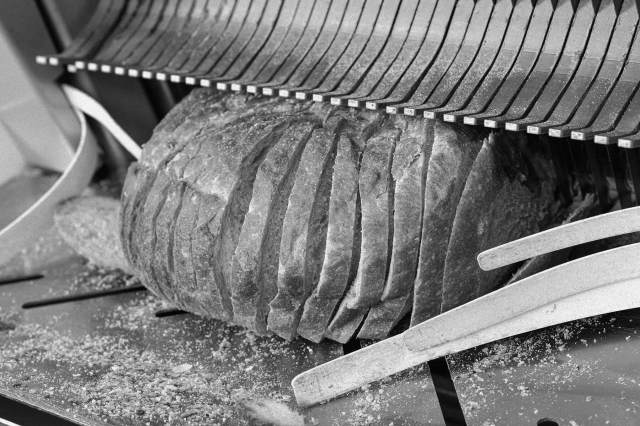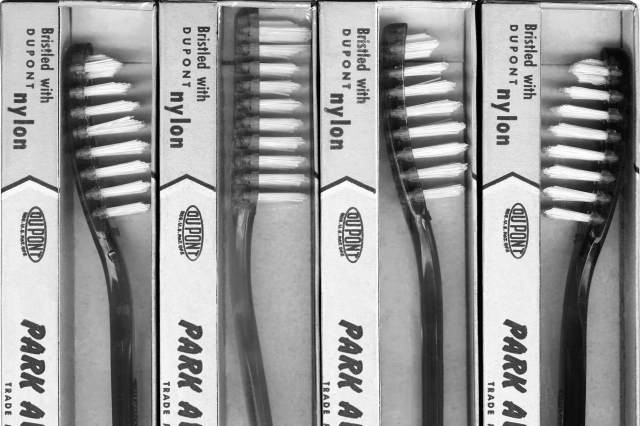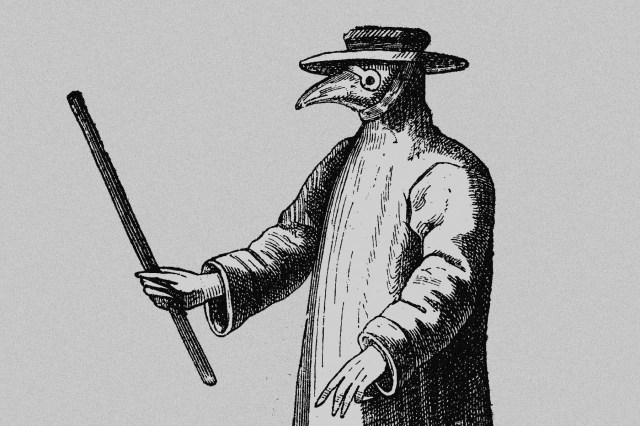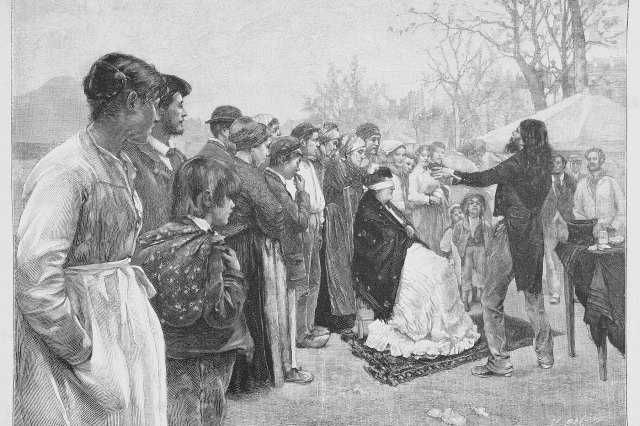5 Inventions That Came Out of the Great Depression
The Great Depression began in 1929 and lasted for an entire decade, affecting nearly every aspect of daily life for people all over the world — and hitting the United States especially hard. U.S. unemployment soared to nearly 25%, businesses shuttered, and families lost their life savings. Food became scarce in many communities, especially as a severe drought hit the Great Plains, leading to the agricultural disaster known as the Dust Bowl.
This difficult era also impacted innovation. Independent inventors found themselves with less funding, and many businesses shied away from risky initiatives, but big inventions also helped keep companies and innovators afloat during the hard times. Some inventions were successful specifically because of the economic downturn, such as the groundbreaking new adhesive that could repair just about anything. For others, success came in spite of the crisis. Here are five inventions that came out of the Great Depression that are still shaping our lives today.

Sliced Bread
A century ago, people had to bust out a bread knife whenever they wanted a sandwich or slice of toast. That changed in 1928, when a bread slicing and wrapping machine invented by Otto Rohwedder made its debut at a bakery in Chillicothe, Missouri. The machine proved to be so popular that Rohwedder had trouble keeping up with demand from other bakeries. After the Depression hit, economic realities forced him to sell his patent to a larger manufacturing company — but the story has a happy ending. The owners hired the inventor as the vice president and sales manager of a new division formed just for his machines. In 1930, Wonder Bread started advertising its own sliced bread, and, although Wonder Bread used its own machines, Rohwedder’s bread-slicer sales exploded as the trend grew. By 1933, sliced bread accounted for 80% of all bread sales. The invention was so influential, it led to the phrase still used to praise new wonders today: “The best thing since sliced bread.”

Nylon Stockings and Toothbrushes
Before the Depression, the DuPont chemical company had a “fundamental research” program — a team of scientists tasked with increasing scientific knowledge rather than developing specific projects. But with the economic downturn, the division became more focused. It was already working on synthetic textiles and had invented neoprene, although the material wasn’t particularly useful at the time. They’d also worked with rayon, which didn’t make a great substitute for silk, and was only partially manmade. Nylon was the first entirely synthetic fiber developed by DuPont that was actually useful — and its invention in 1937 was a very bright prospect after the agricultural woes of the era.
Nylon started appearing in toothbrushes in 1938, and DuPont showed off its new fabric to the world as hosiery at the 1939 New York World’s Fair. The first day nylon stockings became available to the public, around 800,000 pairs flew off the shelves. DuPont’s Depression-era investment in fiber technology paid off; by 1937, 40% percent of its sales came from products that didn’t exist before 1929, including freon, neoprene, and lucite.
You may also like
Recommendations For You
-
01.
 Science & Industry
Science & IndustryWhy Did Doctors Wear Beak Masks During the Bubonic Plague?
-
02.
 Science & Industry
Science & Industry6 Amazing Breakthroughs Made by the Ancient Greeks
-
03.
 Science & Industry
Science & Industry6 Shocking “Scientific” Beliefs From Victorian England
-
04.
 Science & Industry
Science & Industry7 Maps That Illustrate the History of the World



















